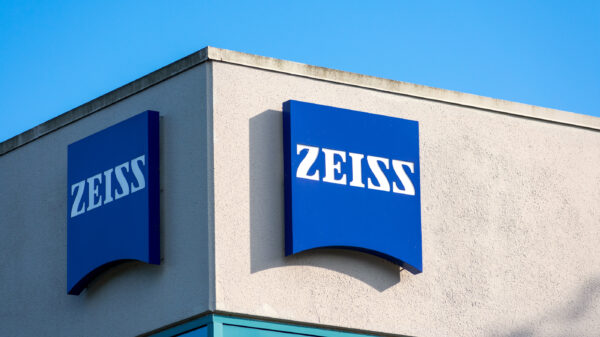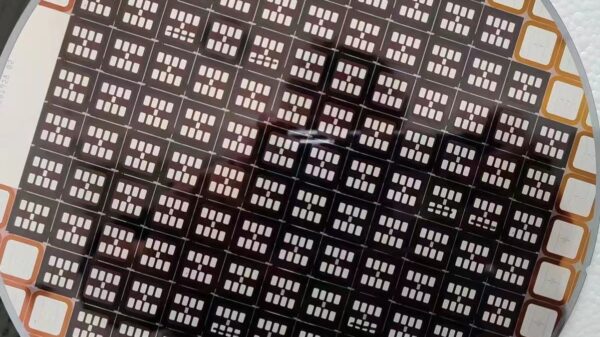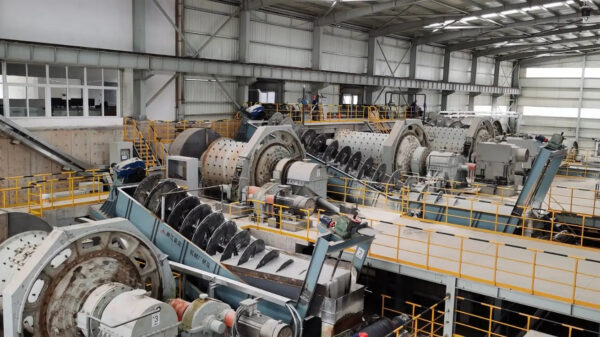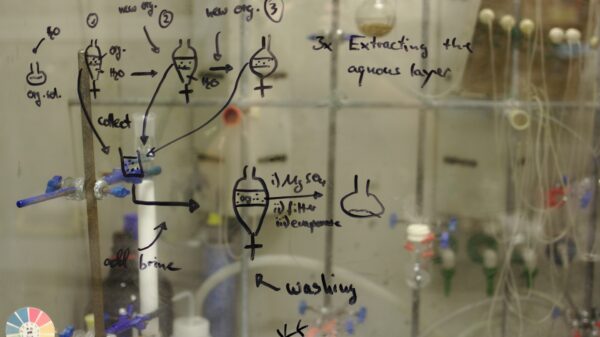NVIDIA has developed "cuLitho", a software library designed to accelerate computational lithography, which will be implemented at TSMC starting June 2023. By combining cuLitho with the latest GPU hardware, computational lithography can be expedited, potentially improving yields and reducing chip costs. Additional benefits include a reduced carbon footprint, faster turnaround times, and advanced process nodes with smaller feature sizes.
Vivek Singh, NVIDIA's vice president of accelerated computing, said that cuLitho not only accelerates mask manufacturing but also expedites the entire development cycle for foundries employing the technology. As computational lithography techniques have become more complex, the field has grown. . .





















